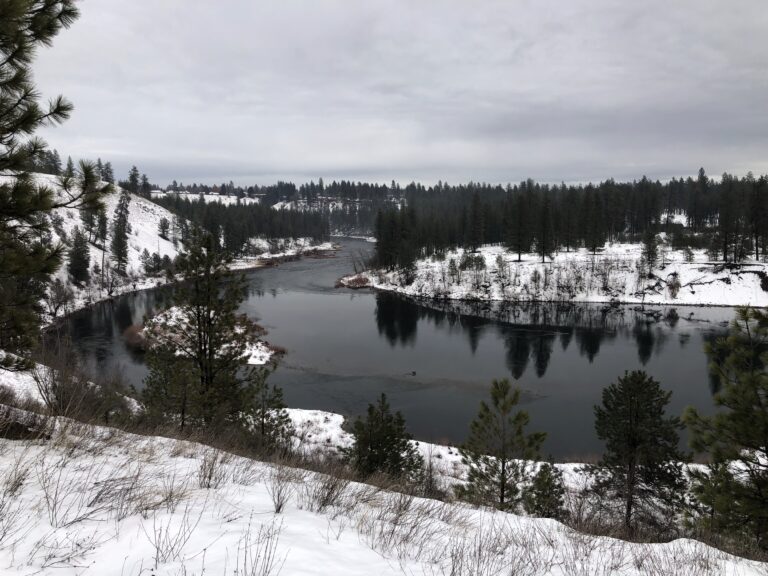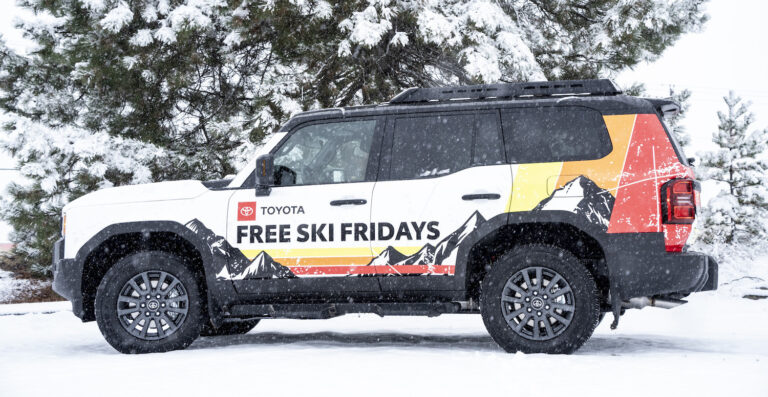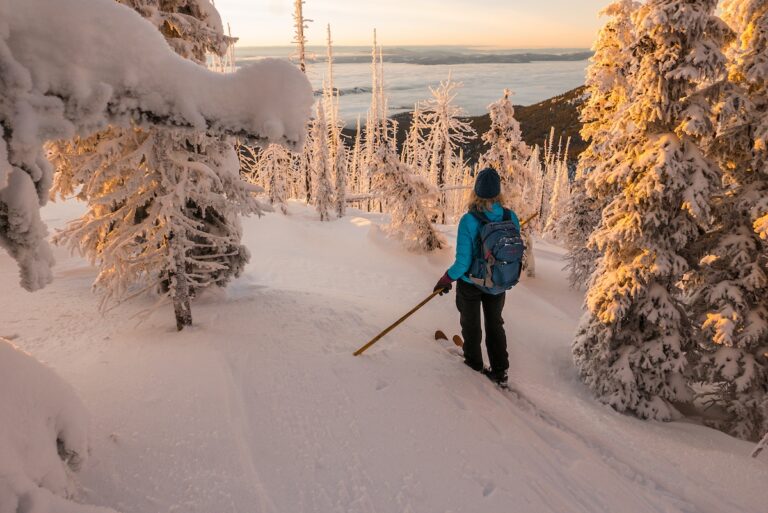The Runner’s Rule Book
By Mark Remy
Rodale Press, 2009, 166 pages
Every sport has rules, and running is no exception. However, Mark Remy, the executive editor at Runnersworld.com, believes there are also the everyday rules of running. Beyond the governing mandates of the USA Track & Field institution, runners have hundreds of implied rules.
The Runners Rule Book contains 100+ rules that cover all the basics of running, from racing to gear to lingo, even track etiquette. In the introduction, Remy writes, “…for the purposes of this book we’re talking about the rules of running, the noun…About the act of running. About the code—largely unspoken—that governs behavior and informs decisions in situations that every runner encounters sooner or later.”
For example, here’s Rule 2:32. DO WHATEVER IT TAKES TO FINISH AHEAD OF A COSTUMED RUNNER. Because being outkicked by Elmo is too much to bear.
Or Rule 1:46. FOR PETE’S SAKE, STAND STILL AT RED LIGHTS. Sharks die when they stop moving. Runners do not. Please keep this in mind next time you encounter a DON’T WALK sign or a busy intersection. There’s no need to shuffle or bounce or jog in place or dance from foot to foot like you have to pee. Instead, just chill. Wait a few moments. Then resume running.
Long ago, I tried to explain rule 3.5 to a running friend, but this is a much more succinct definition. SAVE THE RACE SHIRT FOR POSTRACE. Wearing the official race shirt during the race is like wearing a U2 t-shirt to a U2 concert. Not cool. Don’t do it.
All in all, Remy proves he’s been running a long time, and he proves he can laugh at himself and others in both common and uncommon running situations. Nearly all of the rules are witty, but not all of them are funny. All kidding aside, his humor is a great vehicle for delivering really sound advice that runners of every ability, distance, and speed can appreciate.
Lastly, Rule 3.14, WHEN IN DOUBT, OPT FOR PANTS, NOT TIGHTS.
Jon Jonckers
The Big Burn: Teddy Roosevelt And The Fire That Saved America
Timothy Egan
Houghton Mifflin Harcourt, 2009, 308 pages.
If you’ve biked the Hiawatha Trail, driven over Lookout Pass, or visited Kellogg or Wallace, Idaho you’ve been through the heart of the Big Burn, the 1910 forest fire that consumed over three million acres in Idaho and Montana. The name given the historic fire is also the title of Spokane-raised Timothy Egan’s latest book, The Big Burn: Teddy Roosevelt and the Fire that Saved America. In chronicling the story of ravaged towns, homesteads, and people, Egan probes the political machinations that birthed our national forests—the “Saved America” portion of the title—and the Forest Service. The Big Burn is also the story of Roosevelt’s enemies in business and Congress who fought threats to their gilded-age prosperity. While Roosevelt is the primary hero for creating the National Forests, a close second is Gifford Pinchot. Pinchot devised the plan for creating the forests and was made their overseer, Chief of the Forest Service.
Egan, who won the National Book Award for The Worst Hard Times, describes the evolution of countless smaller fires into a three-million acre conflagration. As he does so, heroes and villains emerge from the catastrophe. One hero is Ed Pulaski, the namesake of the wild-land firefighter’s tool used to dig and chop firebreaks. Pulaski not only sought to save Wallace, he saved dozens of men from certain death, holding some in place at gunpoint. Others who give life to the story include Pulaski’s wife Emma, who, after Wallace had been largely burned and abandoned, took refuge with daughter Elsie on a mine’s slag heap.
Villains include civic leaders who pushed their way onto trains meant to save the women, children and infirm. One villain’s name will be familiar to Inland Northwest residents: U.S. Senator Weldon Heyburn, he of Heyburn State Park. In sinister plots that foreshadowed many of today’s political battles, Heyburn fought Roosevelt and the Forest Service at every turn to protect his financial interests and keep the lands open to exploitation by his clients, largely timber, mining and railroad magnates.
Bradley Bleck













